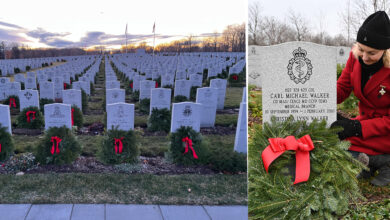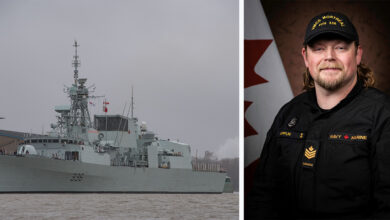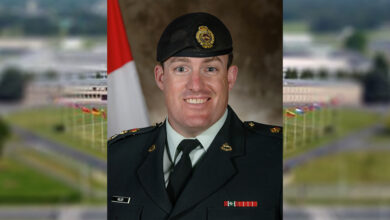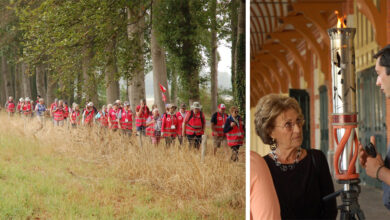Remembering
Over 100 Years Later First World War Soldier to Be Laid to Rest
Above image left, Lieutenant Francis Henry Hemsley, right Commonwealth War Graves Commission’s Loos British Cemetery in Loos-en-Gohelle, France.
Fourteen years after his remains were discovered, Lieutenant Francis Henry Hemsley will finally be laid to rest this summer.
A casualty of the Battle of Hill 70, Lt. Hemsley is one of over 1,300 soldiers of the Canadian Corps killed in action between Aug. 15 and Aug. 25, 1917, with no known grave. His remains were discovered on Aug. 29, 2012, over 95 years after he lost his life in battle.
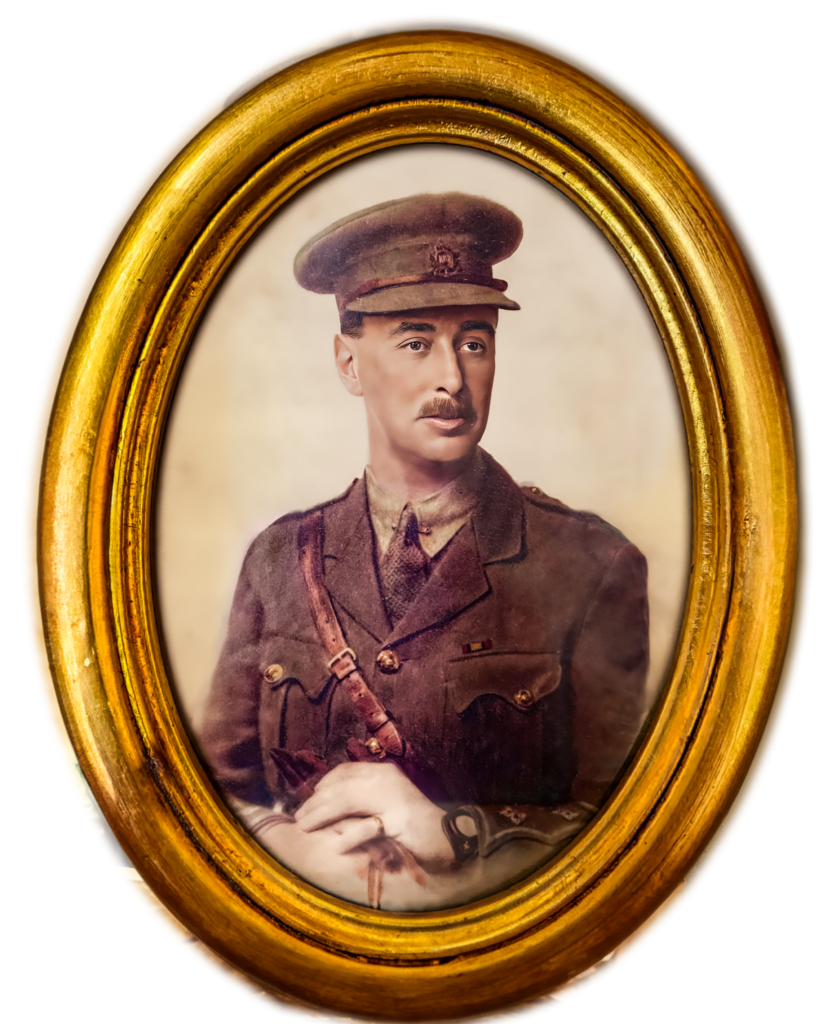
Large Family
Born in Ealing, Middlesex, England, in 1880, Lt. Hemsley was one of seven children of Alexander and Ellen Hemsley. A veteran of the South African War, Lt. Hemsley served as a Troop with the 35th Squadron, 11th Battalion Imperial Yeomanry from 1900 to 1901.
After he returned from the war, he married Adina Cresswell Hebden in 1906. They had two children before he immigrated to Canada in 1911. His family joined him a year later, and the couple had one more child. They farmed near Prince Albert, Sask., before Lt. Hemsley enlisted. He was a member of the 52nd Prince Albert Volunteers militia regiment, where he received his militia commission as a lieutenant in December 1915.
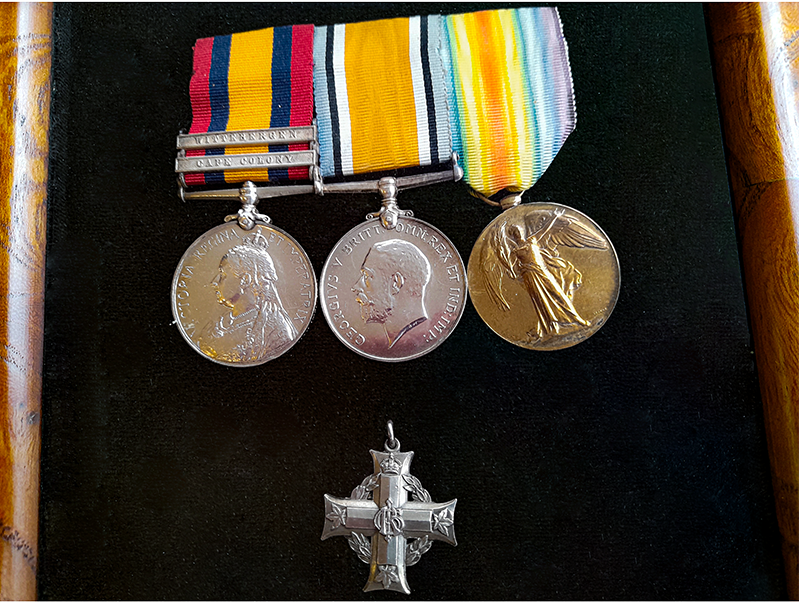
Military Career in Canada
Lt. Hemsley joined the 183rd Battalion (Manitoba Beavers) as a lieutenant in Winnipeg in February 1916. In October, he sailed to Liverpool, England, to train with the 108th Battalion, Canadian Expeditionary Force (CEF) and the 14th (Manitoba) Reserve Battalion, CEF. While with the 14th Reserve Battalion, he qualified as a Lewis gun instructor. In May, he joined the 16 Battalion (The Canadian Scottish), CEF and in April 1917, he deployed to France to join the unit.
“We remember and honour the courage of those who have served our nation in wartime, and the sacrifice of the families they left behind. The passage of time does not diminish the price they paid. To the family of Lieutenant Hemsley, know that Canada honours him and is grateful for his service,” said Bill Blair, Minister of National Defence.
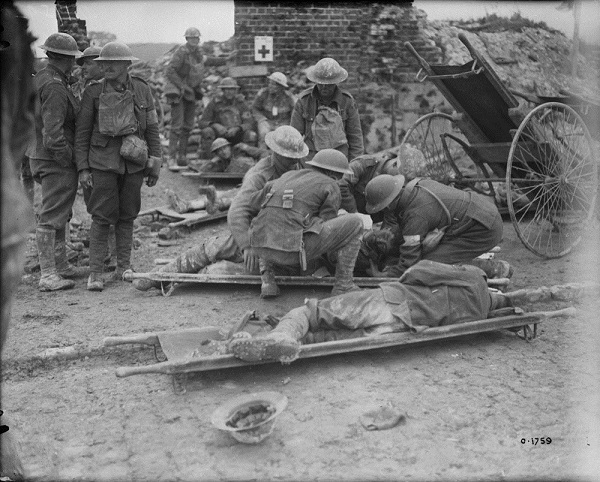
Battle of Hill 70
While serving with the 16th Battalion, he fought in the Battle of Hill 70. Beginning on Aug. 15, 1917, the 16th began its assault at 4:25, where they captured their objectives, the “Blue Line” and the “Green Line,” on schedule and with limited casualties.
However, the next day, Aug. 16, the Battalion suffered substantial losses due to a German artillery barrage on the Canadian Corps’ new defensive positions.
The 16th Battalion was relieved from their frontline positions by other Canadian troops in the early morning of Aug. 17. From Aug. 15 to Aug. 17, the 16th Battalion suffered 257 casualties, including 62 who were killed, with 41 casualties with no known graves in connection with the assault on Hill 70.

Lieutenant Hemsley was one of the 41 casualties. He was reported killed in action on Aug. 16, 1917, at the age of 37. He was buried in an isolated grave. However, the grave was later lost.
“Lieutenant Hemsley was one of many brave Canadians who left their home and family behind to serve during the First World War. We remember his service and sacrifices during the Battle of Hill 70 and continue to remember all the brave Canadians who served beside him and who sacrificed so much to serve our country. Lest we forget,” said Ginette Petitpas Taylor, Minister of Veterans Affairs and Associate Minister of National Defence.
After the Great War, Lieutenant Hemsley’s name was engraved on the Canadian National Vimy Memorial. The memorial commemorates Canadian soldiers who died during the First World War with no known grave.

Remains Discovered
Lt. Hemsley remains were discovered by a bomb disposal unit clearing ordnance from a construction site on Aug. 29, 2012, in Vendi-le-Vieil, France.
“Alongside the remains were a few artifacts, including fragments of a helmet, gas mask, and webbing. Several buttons clearly marked with ’16th Battalion, Canadian Scottish Regiment’ were also found,” stated the press release.
The CAF notified the family of Lt. Hemsley of his identification and is providing them with ongoing support. His burial is planned for July 2024 in the Commonwealth War Graves Commission’s Loos British Cemetery in Loos-en-Gohelle, France.
Lt. Hemsley will be laid to rest by members of The Canadian Scottish Regiment (Princess Mary’s) from Victoria, B.C., and with his family and representatives of the Government of Canada in attendance.





